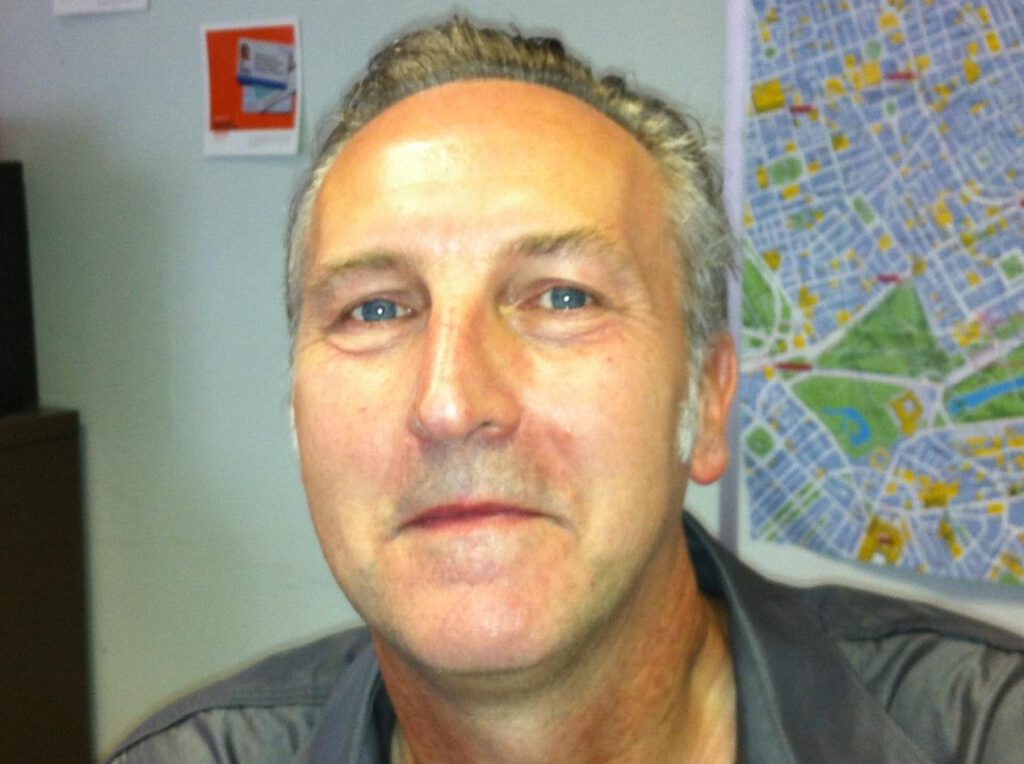Ecological skills systems: Some FE theory anyone?

I remember doing a research paper around 2000 for the LSDA and found it very difficult to find research on FE that was theoretical.
Most was done by those working in the sector who were trying to find out what works (or what didn’t!) based purely on empirical findings, usually from LSC, and local generated data.
There seemed to be no conceptual grip on how the system worked, what happened in it and why, and, more to the point, how it could or should work.
I’m glad to say that since then bookshelves are now filling up with not only books on FE but also books that contain theory about FE or aspects of it.
There are two current theoretical models which are remarkably well formed to suit exploration of the FE sector and what works.
The first is an ecological systems theory given by Professors Ann Hodgson and Ken Spours.
The second is given by Lorna Unwin who offers the much referenced ‘expansive and restrictive apprenticeship model’.
Others have given eminent descriptions but not theoretical models as clear and coherent as the ones I’d like to discuss. I will discuss the ecological systems theory here.
The ecological learning and skills systems theory
This model is a generalisation of the institutions and institutional arrangements for post 14 progression. It explains how any particular college fits into the broader educational system – something the previous government found very difficult to understand and so implement, while the current Coalition government seems to be leaving it to the various parties to work out. Hard to think which is the worst option.
Hodgson and Spours have imaginatively applied an ecological model to post 14 educational development. In doing this they believe that the particular dynamics of a locality and its learning needs can be best analysed. The model allows the college leader (for one) to think about the context of the policy or initiative they are focussing on whether: classroom, college campus, partnership working, wider learning market or national funding streams. Each of these contexts fits a ‘level’ of the ecological system which will have particular elements and relevant factors to consider. So the model is of immediate use and applicability for partnership working and helps refine college strategy within the community.
The different levels and their interactions make up a ‘local learning ecology’. In all, the model allows a focus on how the various (and complex) elements form a set of working relationships. Elements include: national drivers: fees, funding, participation targets; locality characteristics and institutional structures; and, finally, social partners who mediate the national and local characteristics.
Hodgson and Spours use this innovative model (taken from Bronfenbrenner’s psychological ecology) to describe how 14+ progression strategies could work better. Firstly, by using the model, partners are more informed as to ‘how’ to work together. Secondly, they can agree a ‘what’ they do as opposed to duplicating or not knowing what others may do in the system. Finally, the model provides an evaluative framework for what the authors call a ‘low opportunity progression equilibrium’ (LOPE) and a ‘high opportunity progression ecosystem’ (HOPE).
While the model is exceedingly useful for describing what is happening within a particular locality and, furthermore, for enabling a better state of affairs to be worked towards, it does suffer from general flaws in the type of model opted for.
For example, organic models applied to the social system have always suffered from weaknesses of analogical relevance. Societies are not organic entities and the fact that most things that happen in a social system are meaning orientated, ethically weighty, and politically shot through, means that an ‘ecological system’ model will have to strain to encompass those sorts of things.
Fortunately, Hodgson and Spours are aware of this and so have introduced a cultural or interactive sphere of activity that ‘mediates’ the systemic levels. While this gets them off the hook in regards being overly naturalistic in their use of an organic model, it does suggest that more work needs to be done on this aspect of their theory.
One addition here could be derived from the work of the literary theorist, Mikhail Bakhtin, whose work has been taken up in theories around culture. Bakhtin gives a neat axis that narratives (read ‘policies’) run on. That is either centripetal or centrifugal. The former refers to narratives that pull the text (the ‘strategy’) together, the latter, the reverse. Such an axis, if developed, could show how the mediations that the model refers to could be further refined and used to analyse disturbances or pathologies (!) in the local learning ecology.
Others may also argue that while the model describes institutional arrangements it doesn’t offer any explanation of causal relations. For example, college managements can have great difficulty in explaining why certain courses fail or why recruitment does not take off and can often see these concerns as originating in teaching problem or in a marketing problem as that belongs to their scope of closest interest and control. But it may be that we lack a clear understanding of the social and economic factors of student intake. If we are to align institutional arrangements with social locality then some causal relations would seem to be needed to be explored.
This weakness is more damaging when one considers that the whole local learning ecology is shaped quite fundamentally by national politics and local actors.
For example, the political decision in Wales to bring colleges back into national strategies and control means that local arrangements are reconfiguring around the new landscape.
On the other hand, the Coalition government’s decision to support growths of UTCs, post 16 academies, as well as encouraging private interest in the sector, increases the variety of governance models and institutions which puts great pressure on identifying the actors, their ambitions and, of course, their aims.
ATL is always looking to improve how the sector works and the status of the sector in general and theories such as a local learning ecology really help us in moving forward and engendering reflective and deep thinking.
That is, if we want to move to a more clearly structured and better enabled sector; I say this because European models of post 16 would not recognise the English FE ‘sector’ as coherent.
The fuller exposition of Ken and Anne’s model will be given at their inaugural professorial lecture I look forward to the finer detail and their further work.
Norman Crowther is the national official for post 16 education at Association of Teachers and Lecturers, the education union











Responses